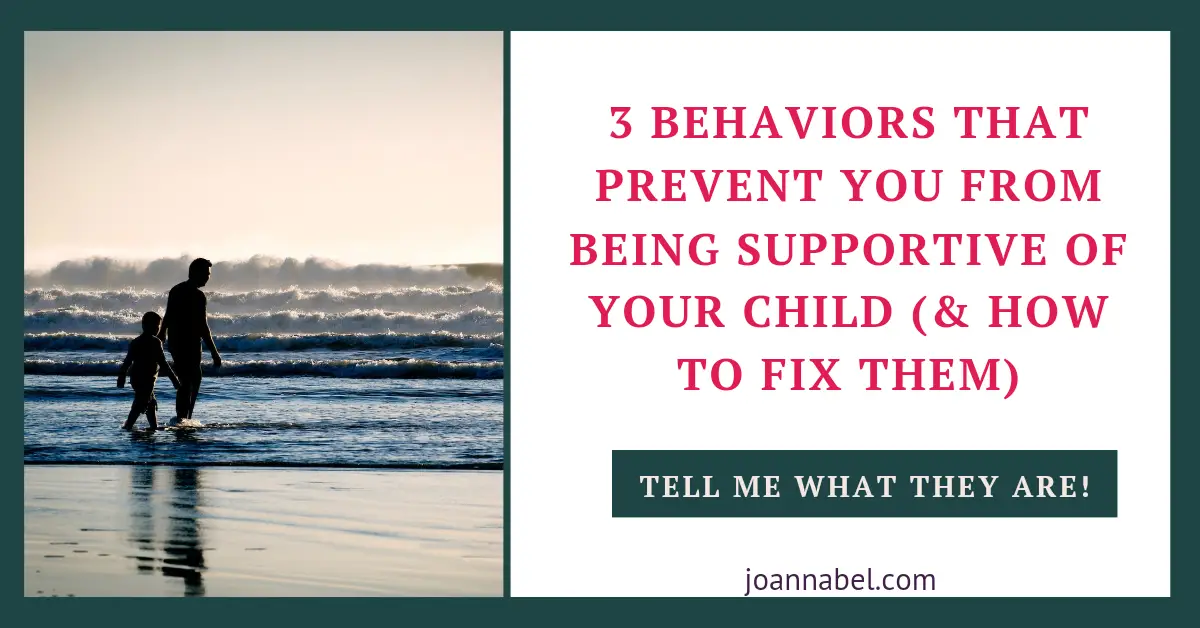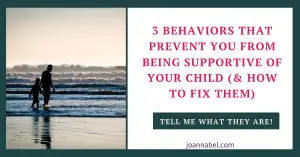Parenting styles shape how children feel, behave, and learn to relate to the world. Understanding the difference between authoritarian, authoritative, and permissive style can help you as a parent to see where you lean, and how that affects family dynamics.

Authoritarian vs. Authoritative vs. Permissive Parenting
I’ll explain these using two perspectives:
- Diana Baumrind’s typology: Baumrind was a developmental psychologist who did longitudinal studies of families of parents and children in the 1960s–70s. She observed patterns of control, structure, and responsiveness, identifying three main parenting styles.
- David Olson’s Circumplex Model: David Olson, a family therapist, developed the Circumplex Model to understand family systems and dynamics. His model views families as circular systems where cohesion (closeness), flexibility, and communication interact continuously. Using this approach, we can see how different parenting styles influence both emotional closeness and a child’s independence.
Note: Although I am a Clinical Social Worker, engaging with this website does not establish a professional social worker-client relationship. The information provided here is for general purposes only and should not be considered professional advice. While we strive to ensure accuracy and reliability, this content is not a substitute for professional guidance. For specific concerns, issues, or situations, it is essential to consult a qualified professional and present your situation. Read the full Disclaimer here.
1. Authoritarian Parenting Style
What it looks like: Authoritarian parents set strict rules and expect obedience. There’s little room for negotiation or discussion. Baumrind describes them as rigid and emotionally distant, while Olson’s system perspective shows that this style can appear “too close” because separation from the parent is often not tolerated—they feel the need to control things tightly.
Family dynamics: In everyday life, authoritarian parents may hover over homework, activities, and social interactions. Kids may feel there’s no space to make independent decisions, even though it may look like “togetherness.” Emotional warmth is often limited, so closeness comes from control rather than connection.
Self-reflection questions:
- Do I expect my child to follow rules without question?
- Do I feel uncomfortable when my child wants to do things independently?
- Do I express love and support, or mostly correct and direct?
Common pitfalls:
- Strictness doesn’t always equal authoritarianism. You can be structured but still responsive.
- Being harsh doesn’t make kids behave better long-term—it often increases anxiety or withdrawal.
2. Authoritative Parenting Style (Democratic Parenting Style in Olson’s Circumflex Model)
What it looks like: Authoritative parents combine structure and warmth. Baumrind highlights them as responsive yet firm, setting high expectations while supporting independence. Olson’s perspective shows that this style balances closeness and healthy separation, allowing kids to explore while staying connected.
Family dynamics: Authoritative parents maintain consistent rules but encourage children to share opinions and make choices. Kids feel both safe and free—they know their parent is there for guidance but not controlling every move. Closeness is emotional and genuine, not forced, and separation is respected as part of healthy growth.
Self-reflection questions:
- Do I listen to my child’s opinions?
- Do I offer guidance without micromanaging?
- Can I balance my expectations with empathy and support?
Common pitfalls:
- Trying too hard to be “balanced” can sometimes drift into permissiveness if boundaries aren’t enforced.
- Parents may think “letting kids have freedom” means less responsibility—true authoritative parenting balances both.
3. Permissive Parenting Style
What it looks like: Permissive parents are warm and accepting but provide little structure or guidance. Baumrind sees them as nurturing but lenient; Olson’s family system perspective labels this as unbalanced—high flexibility (chaos) and low cohesion—because children often have too much freedom without clear limits.
Family dynamics: In daily life, permissive parents may avoid conflicts, let kids decide everything often, or rarely enforce rules. Closeness is present in comfort and affection, but separation is blurry—children may not learn boundaries or self-discipline because they aren’t challenged.
Self-reflection questions:
- Do I struggle to say “no” to my child?
- Do I provide guidance or mostly follow my child’s wishes?
- Do I set rules?/Are my rules clear and consistent, or do they change often?
Common pitfalls:
- Being permissive doesn’t always equal loving. Kids need limits to feel safe and learn responsibility.
- Overly lenient parenting can lead to low self-control or frustration in children when they encounter structure outside home.
Putting it Together

Understanding these three styles helps parents identify patterns in their own behavior, family interactions, flexibility/rigidity, communication, and the balance of closeness vs. separation.
- Authoritarian: rigid control, limited emotional warmth, low tolerance for separation.
- Authoritative: balanced structure and support, healthy closeness, and fine tolerance to separation.
- Permissive: high warmth but low guidance, overly flexible, unclear boundaries.
Next step for parents:
Observe your daily interactions, reflect using the questions above, and consider small adjustments to create more balance. Even minor changes can shift your family dynamics over time toward a healthier, more authoritative approach.
Parenting Styles and Cultural Context
Parenting styles don’t exist in a vacuum—they’re influenced by cultural expectations and norms. What looks like strict control in one culture might be seen as caring guidance in another.
Similarly, closeness and emotional warmth can be understood and expressed differently depending on cultural values.
Understanding this helps you see that your style isn’t “wrong” just because it slightly differs from another family or society’s norms, and it also explains why children may respond differently to the same approach in different cultural settings.
However, the democratic (authoritative) parenting style is beneficial across cultures because it aligns well with human fundamental human needs. That said, most research on parenting styles comes from Western contexts.
So while styles such as rejecting parenting style are harmful, we should remember that childhood and child-rearing practices are shaped by cultural differences and are NOT UNIVERSAL.
Quick Authoritative vs. Authoritarian vs. Permissive Comparison Table
| Parenting Style | Emotional Warmth | Control / Structure | Separation vs. Closeness | Common Pitfall |
|---|---|---|---|---|
| Authoritarian | Low | High | Too close / low tolerance for independence | Mistaking strictness for love; harshness harms emotional growth |
| Authoritative | Balanced | Balanced | Balanced; supports independence while maintaining connection | Can drift into permissiveness if boundaries aren’t enforced |
| Permissive | High | Low | Overly flexible; separation blurred; unclear limits | Confusing affection with guidance; kids may struggle with self-discipline |
Latest Posts:
- AUTHORITARIAN VS. AUTHORITATIVE VS. PERMISSIVE PARENTING STYLE

- Reconnect With Your Teen: 5 Fun Bonding Activities

- Staying Connected With Your Child While They Study Abroad

- How To Help Your Child Get Engaged With School

- How To Divvy Up Rooms After Moving to a New House

- Ways To Help Your Child Mentally Prepare for a Move

FINAL THOUGHTS ON AUTHORITARIAN VS. AUTHORITATIVE VS. PERMISSIVE PARENTING STYLE
Understanding your parenting style helps you see how your approach affects your child’s growth and independence. Authoritarian, authoritative, and permissive parenting styles have strengths challenges.
By reflecting on your warmth, structure, and tolerance for independence, you can make conscious choices that support your child’s development. Awareness and small, intentional changes can create a more nurturing and balanced family environment.
If you found this helpful, check out also:








Leave a Reply